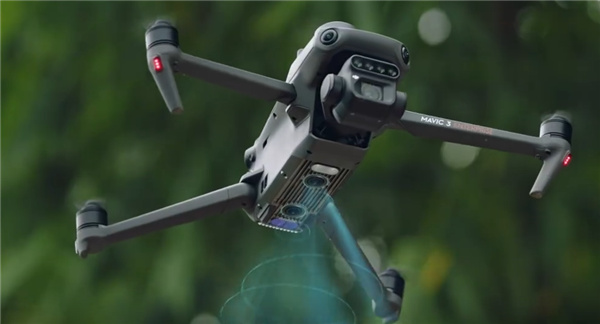FAA Regulations in New York
The Federal Aviation Administration (FAA) has firmly established rules governing drone activity in the United States, with specific limitations in high-population areas such as New York City. These restrictions are designed to mitigate risks associated with UAVs (Unmanned Aerial Vehicles) in congested metropolitan environments. Notably, drones are restricted from operating within a certain radius of airports, heliports, and other airfields.
Why are Drone Flight Restrictions Necessary?
Drone flight restrictions are crucial for maintaining both safety and privacy. New York, being a bustling city with significant air traffic, poses unique challenges for drone operations. Restrictions help prevent collisions with manned aircraft, protect sensitive infrastructure, and safeguard citizens’ privacy. Moreover, areas such as central park and landmarks like the Statue of Liberty have specific no-fly zones to uphold public safety and preserve environmental sanctity.
How These Restrictions Impact Drone Operators
For hobbyists and professional operators, navigating these restrictions can be daunting. Many areas require permits or special waivers to conduct drone operations legally. To obtain these permits, drone pilots must demonstrate knowledgeable understanding of FAA rules, ensuring their operations do not interfere with flight paths or endanger the public. Furthermore, drones heavier than a certain weight need to be registered, adding another layer of compliance.
Operators must also be cognizant of the distinction between hobbyist guidelines and commercial drone usage, as each category has distinct operational limits and requirements.
Innovative Solutions for Drone Flights
 Despite the strict regulations, technological advancements are paving the way for improved UAV operations. Implementing advanced geofencing technology allows drones to automatically avoid restricted areas, offering a seamless and safe flying experience. Additionally, coordination with local authorities through real-time data sharing and communication can ensure that drone flights maintain compliance with current FAA regulations.
Despite the strict regulations, technological advancements are paving the way for improved UAV operations. Implementing advanced geofencing technology allows drones to automatically avoid restricted areas, offering a seamless and safe flying experience. Additionally, coordination with local authorities through real-time data sharing and communication can ensure that drone flights maintain compliance with current FAA regulations.
Educational programs aimed at drone pilots are also increasingly available, providing detailed training to navigate New York’s unique airspace legally and effectively.
What Drone Pilots Should Expect in 2024
As we move into 2024, drone pilots in New York should anticipate potential updates to FAA regulations, reflecting both technological progress and evolving safety needs. Staying informed through official FAA channels and continuous education can help pilots adapt to these changes smoothly. Collaboration with other pilots and participation in drone user forums can provide valuable insights and a better understanding of effective compliance strategies.
FAQ
- Can I fly my drone anywhere in New York? No, drone flights are subject to FAA regulations that designate various no-fly zones, particularly around airports and landmarks.
- Do I need permission to fly my drone? Yes, depending on the location and purpose, you may need specific permits or waivers from the FAA.
- How can I keep updated on FAA regulations? Regularly checking the FAA’s website and enrolling in educational programs focused on drone operation can help you stay informed.

Understanding these drone flight restrictions is key for all UAV operators in New York. As technology continues to evolve, adhering to FAA guidelines will remain essential in ensuring safe and responsible drone activity across the city.